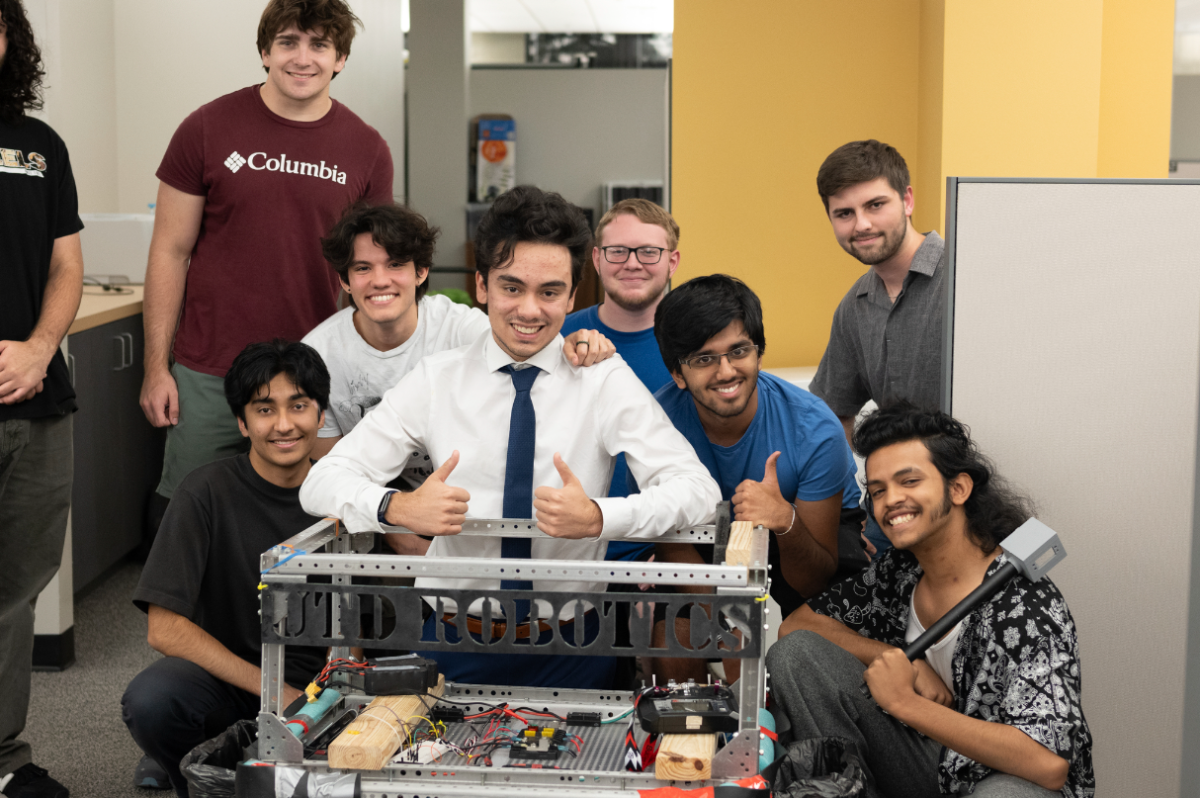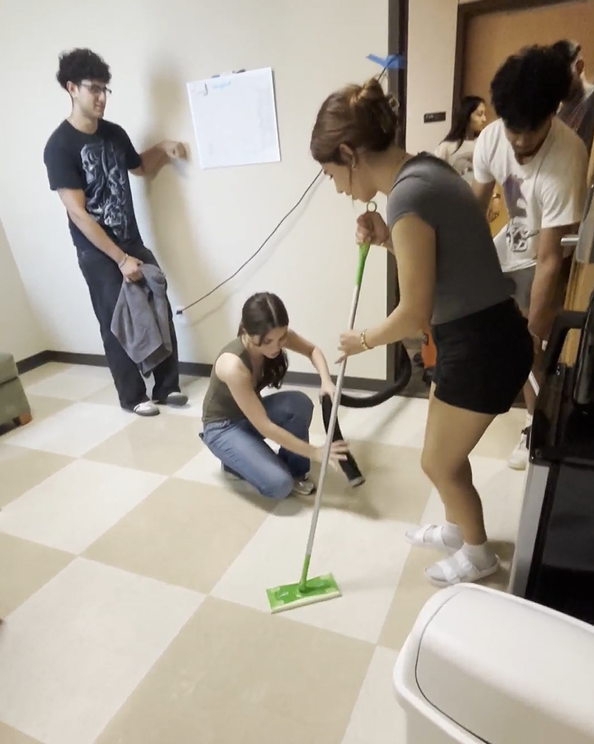The Gut, Brain, Pain Lab, an on-campus research lab, is tackling the problem of treating chronic pain without relying on addictive substances like opioids.
The lab, run by BBS professor Kate Sadler and staffed by eight undergraduate, graduate-level and Ph.D. researchers specifically works to address the pain caused by sickle cell anemia — a disease that causes red blood cells to become crescent-shaped, blocking blood flow and leading to pain. Members of the lab have dedicated several hours toward identifying pain treatments other than the opioids typically used to treat sickle cell pain. Juanna John, a neuroscience sophomore and undergraduate researcher at the lab, said the brain can perceive pain differently if the gut microbiome –- the specific ecosystem of bacteria inside an individual’s gastrointestinal tract — is altered.
“I think what we are researching is very useful since chronic pain is becoming more and more prevalent, so it is important to see how the gut microbiome can alter that pain perception,” John said.
John said the main issue patients face with sickle cell anemia is chronic pain, but the traditional methods of combating this pain — opioids and other painkillers — can lead to addiction. John said a new solution made from another chemical compound needs to be found so patients can receive relief while avoiding the risks associated with drug addiction.
John, who joined the lab last year through the Clark Summer Research Program, said she enjoys the different processes and techniques she gets to utilize in her research — ranging from tests on live mice to staining brain tissue to DNA extraction. Salma Ashshareef, a neuroscience Ph.D. student, said working at the lab has given her new skills and opportunities for her career pursuits.
“Working in the lab is a lot of fun,” neuroscience junior Divya Arivalagan said. . “I get to do cool science while applying knowledge that I learned from my coursework, and it’s really amazing that I can contribute to research that will help so many people in the future.”
John and Arivalagan both said the lab’s atmosphere is welcoming and friendly, providing a supportive environment and great connections.
“A typical day in the lab can vary,” John said. “Over the summer, I was doing a lot of experiments like DNA extraction and pain behavior tests. But I also spent a lot of time analyzing the data I collected and reading through papers.”
John said her lab experience helped her dive deeper into the world of lab research and make meaningful progress toward a treatment that could help people across the world.
“Everyone in my lab is very open,” John said. “It is truly a safe space to discuss not just science but your day-to-day life outside of academics as well.”





